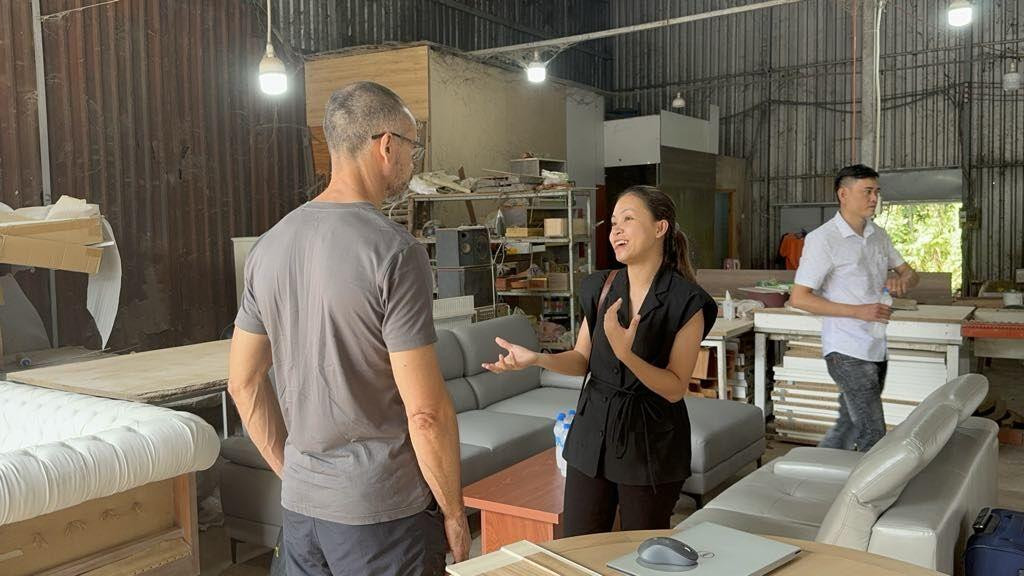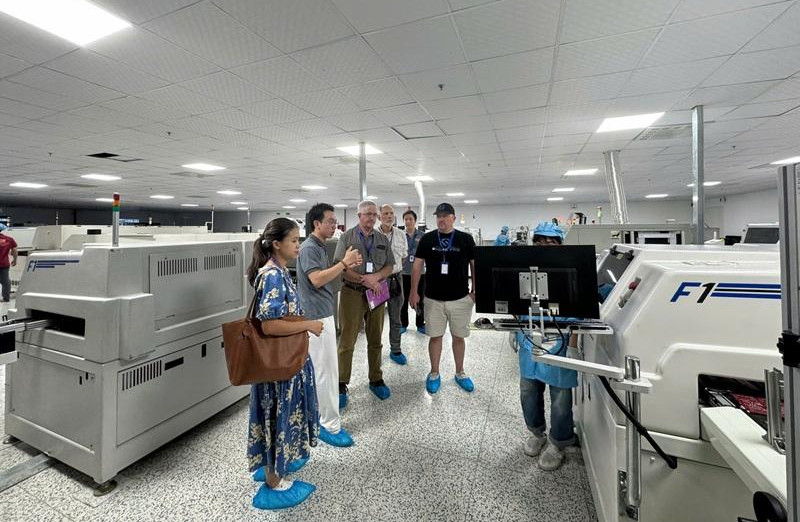Vietnam’s furniture industry has experienced remarkable growth in recent years, positioning the country as one of the leading exporters of furniture globally. The industry’s competitive edge lies in its skilled workforce, favorable production costs, and abundant natural resources, making it a prime destination for businesses seeking high-quality, affordable furniture manufacturing.
A factory tour can provide valuable insight into the inner workings of this thriving industry, offering a comprehensive look at the production process, quality control measures, and the logistics behind delivering exceptional products to international markets.
In this article, we will explore what you can expect on a furniture factory tour in Vietnam, the steps involved in the manufacturing process, and how companies ensure high standards of quality control to meet the demands of international clients.
Introduction to Vietnam’s Furniture Industry
Vietnam is now one of the world’s largest furniture exporters, with a rapidly growing market share in both traditional and modern furniture segments. The country’s ability to offer a wide range of furniture—from wooden products to upholstered pieces and outdoor furniture—has made it a preferred sourcing destination for international buyers.
The furniture manufacturing process in Vietnam combines traditional craftsmanship with modern technology. Local factories are equipped with state-of-the-art machinery while preserving the artisanal skills that contribute to the charm and quality of the furniture pieces.
The Importance of a Furniture Factory Tour
For any business seeking to source furniture from Vietnam, a factory tour is an essential part of the process. It provides transparency and reassurance that the factory is equipped to meet the specific requirements of the buyer.
During the tour, international clients can assess the factory’s capabilities, production standards, and sustainability practices, helping them make informed decisions about whether to partner with the manufacturer.
A factory tour also offers insights into the company’s production capacity, lead times, and customization options. These are key factors that international buyers need to evaluate when deciding on a manufacturing partner.
What to Expect During a Furniture Factory Tour
A typical furniture factory tour in Vietnam will involve several stages, allowing the visitor to see firsthand how furniture is made, from design to completion. Here’s what you can expect during such a tour:
Welcoming and Overview
The tour begins with a warm welcome from the factory management team, who will provide an overview of the company’s history, operations, and mission.
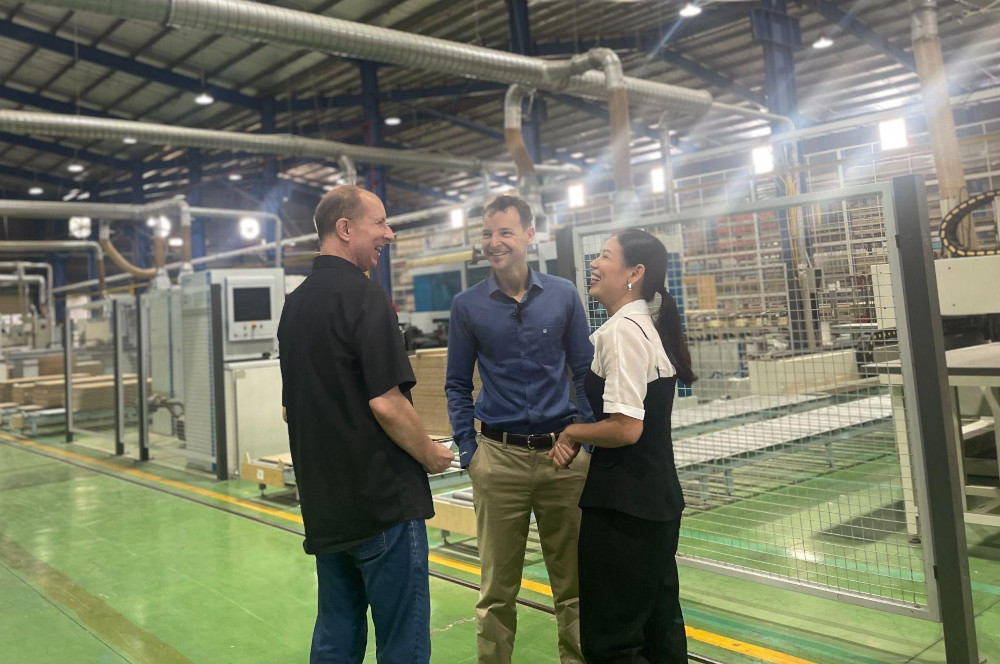
This introduction helps set the stage for understanding the factory’s capabilities and commitment to quality.
Design and Prototyping
A crucial phase of the furniture manufacturing process is design and prototyping.
During the tour, visitors will observe how design concepts are translated into prototypes. This stage involves a team of designers and engineers working closely with clients to ensure the product meets both aesthetic and functional requirements. It’s an excellent opportunity to see how the factory incorporates international design trends while maintaining local craftsmanship traditions.
Material Sourcing and Selection
The quality of the raw materials used in furniture production plays a significant role in the final product’s durability and appearance.
During a factory tour, visitors can witness how the factory sources its materials—whether wood, metal, or textiles—ensuring they meet international standards for quality and sustainability. Vietnam’s abundant natural resources, such as rubber wood and bamboo, make it an ideal location for sourcing environmentally friendly materials.
Production Process
The production process itself is the heart of the factory tour. Guests will be guided through the various stages of furniture manufacturing, including:
- Cutting and Shaping: Visitors will see how raw materials are carefully cut and shaped according to the design specifications. This stage often involves the use of both automated machinery and manual labor, allowing for precision and flexibility.
- Assembly: At this stage, workers assemble the various components of the furniture. This may involve wood joinery, attaching hardware, or sewing upholstery. Skilled artisans often perform these tasks, ensuring that the pieces are both functional and visually appealing.
- Finishing: The finishing process includes sanding, painting, staining, or varnishing the furniture to achieve the desired look. This stage requires attention to detail to ensure that each piece is smooth and free of imperfections.
Quality Control and Testing
Quality control is one of the most critical aspects of the furniture manufacturing process. International buyers often have high standards for product quality, and factories must ensure that every piece meets those standards.
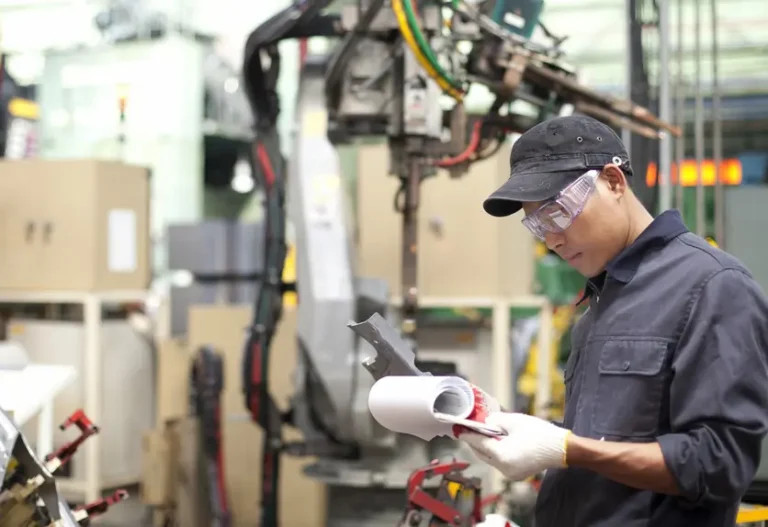
During the tour, visitors will see how quality control teams check for defects, perform stress tests on furniture, and ensure that all items comply with international certifications and regulations.
This stage also includes inspections of packaging to ensure that the furniture is protected during shipping. Proper packaging is crucial for preventing damage during transit, especially for delicate or large items.
Sustainability Practices
As global demand for sustainable and eco-friendly products rises, many Vietnamese furniture manufacturers have embraced environmentally conscious practices.
During a factory tour, visitors may learn about the factory’s sustainability efforts, such as the use of renewable energy, waste reduction programs, and sourcing of sustainable materials. Some factories may even be certified under international environmental standards, providing additional reassurance to eco-conscious clients.
Logistics and Shipping
The final part of a factory tour often focuses on the logistics of shipping the finished products to international markets. Vietnam’s strategic location and well-developed infrastructure make it an ideal hub for export. Visitors will be briefed on the logistics process, including container packing, documentation, customs clearance, and delivery times. This information helps international buyers understand how the factory handles large orders and coordinates shipping to meet deadlines.
Benefits of a Furniture Factory Tour in Vietnam
A factory tour offers numerous benefits for international buyers, including:
- Transparency and Trust: Visiting the factory in person allows buyers to assess the quality and reliability of the manufacturer, building trust and ensuring the factory can meet their production requirements.
- Customization Options: Factory tours allow buyers to discuss custom designs, finishes, and other modifications with the manufacturing team, ensuring the final product meets their specifications.
- Understanding the Production Process: A tour gives buyers a deeper understanding of the production process, helping them better manage expectations around lead times, pricing, and quality control.
- Sustainability and Ethics: Many buyers are keen to source products from factories that prioritize sustainability and ethical manufacturing practices. A factory tour provides an opportunity to assess these practices firsthand.
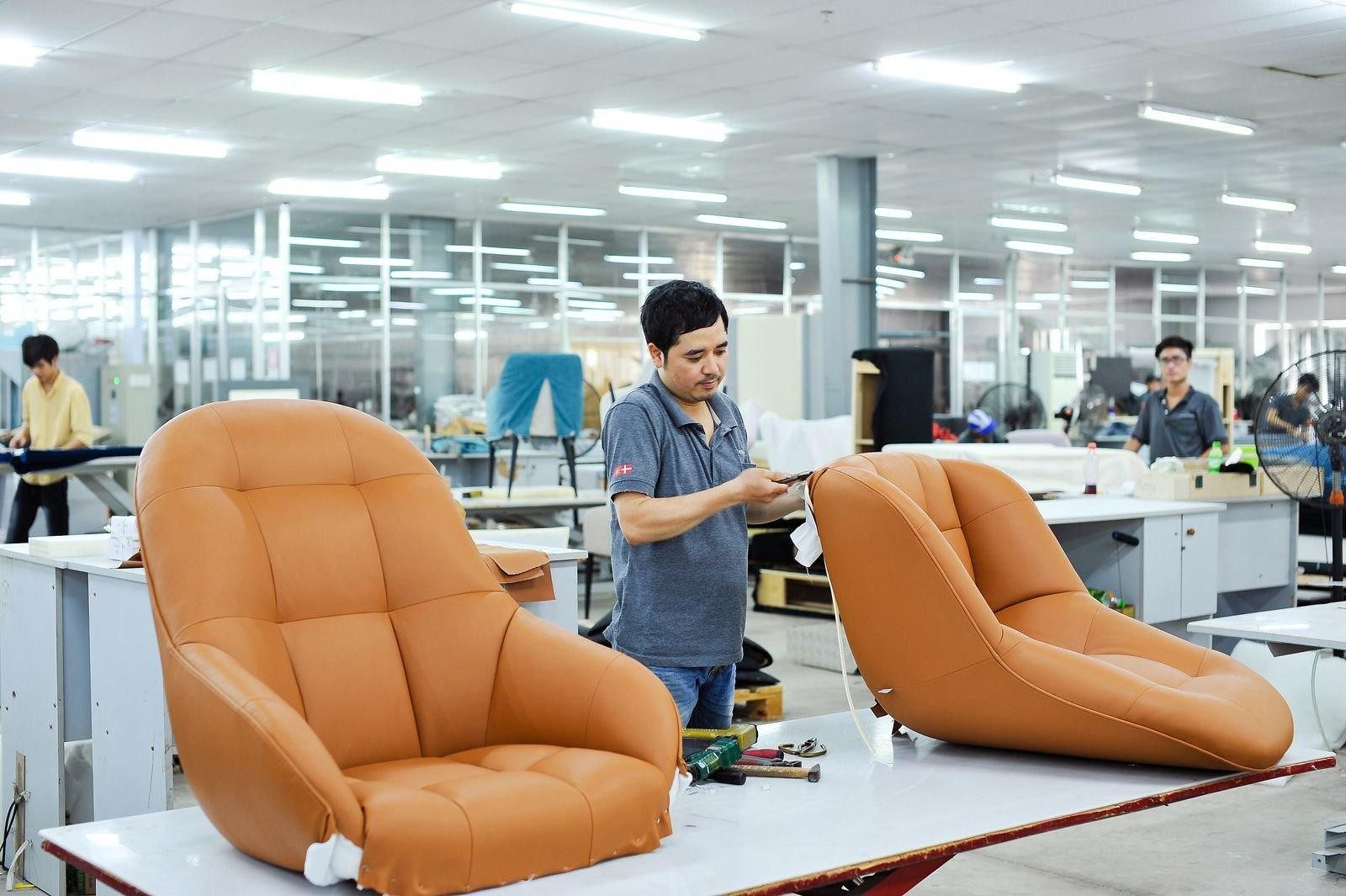
A furniture factory tour in Vietnam is a valuable experience for international buyers looking to source high-quality, cost-effective furniture. By seeing the production process up close, understanding the factory’s quality control measures, and exploring its sustainability efforts, buyers can make well-informed decisions about their manufacturing partnerships.
As Vietnam continues to grow as a global hub for furniture manufacturing, these tours provide essential transparency and foster long-term business relationships between international buyers and local manufacturers.

